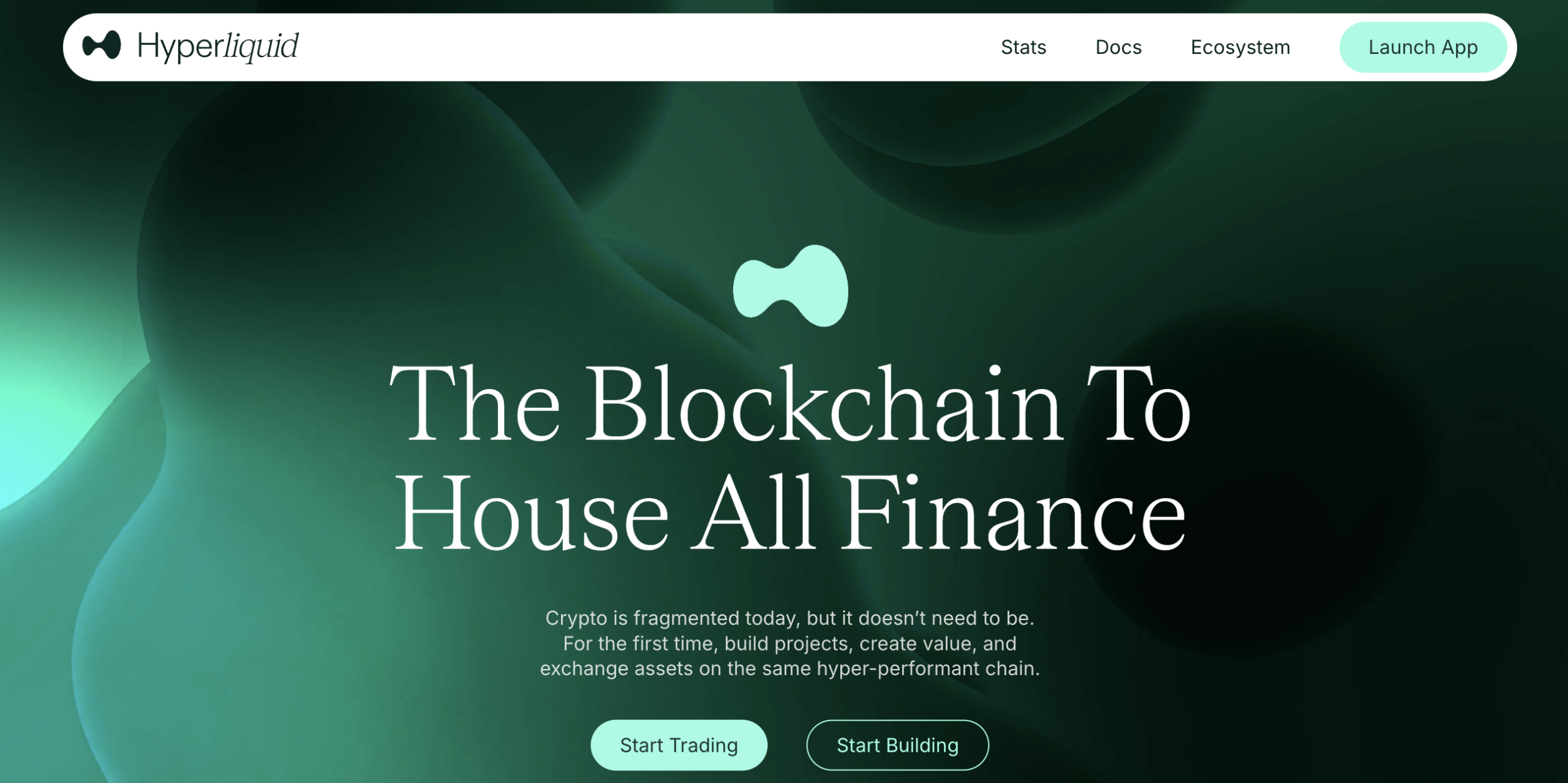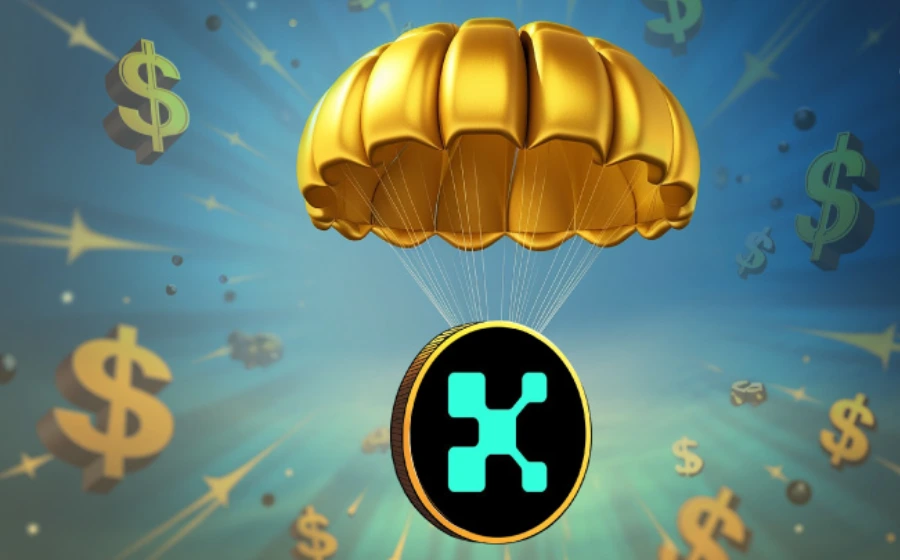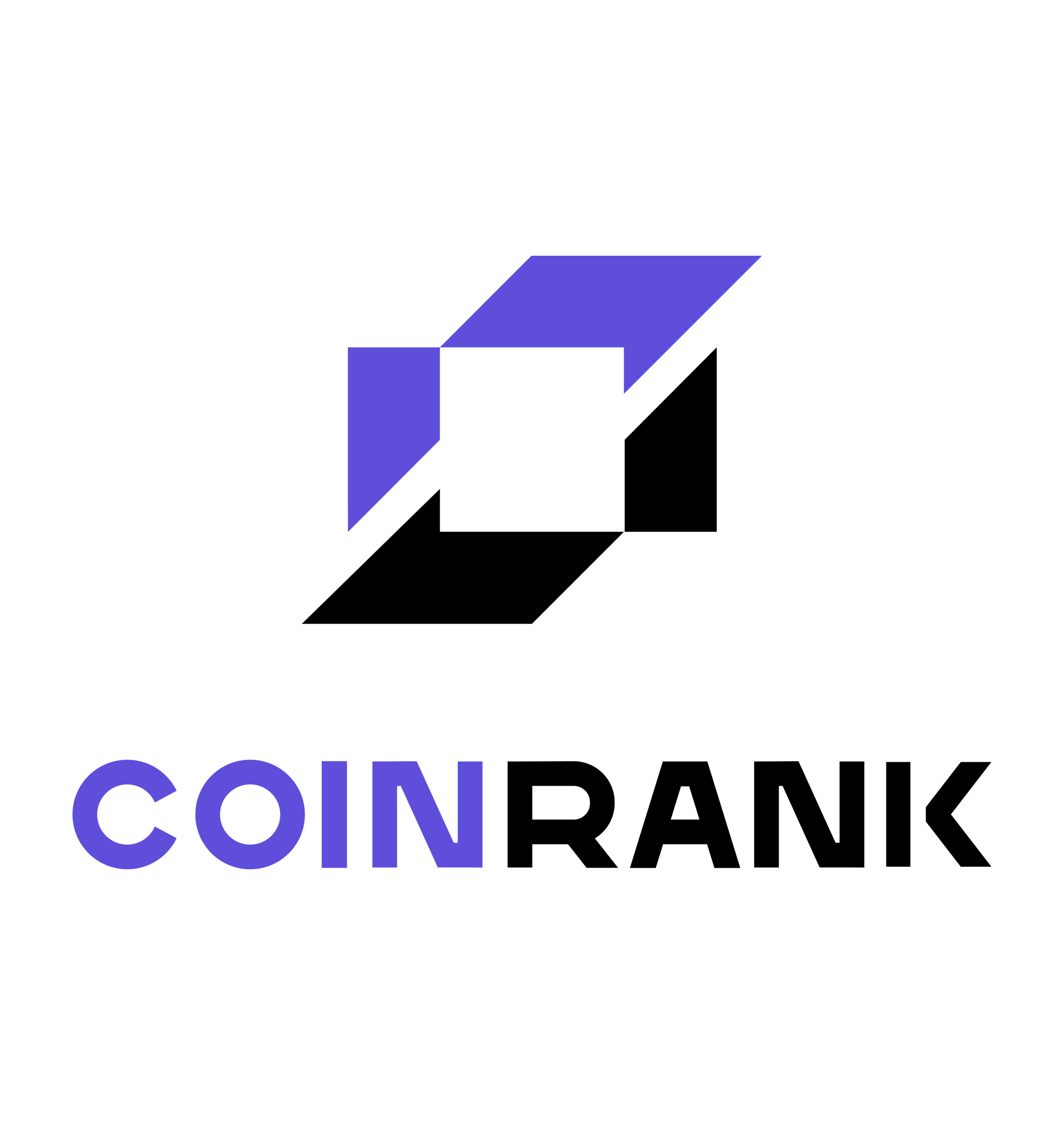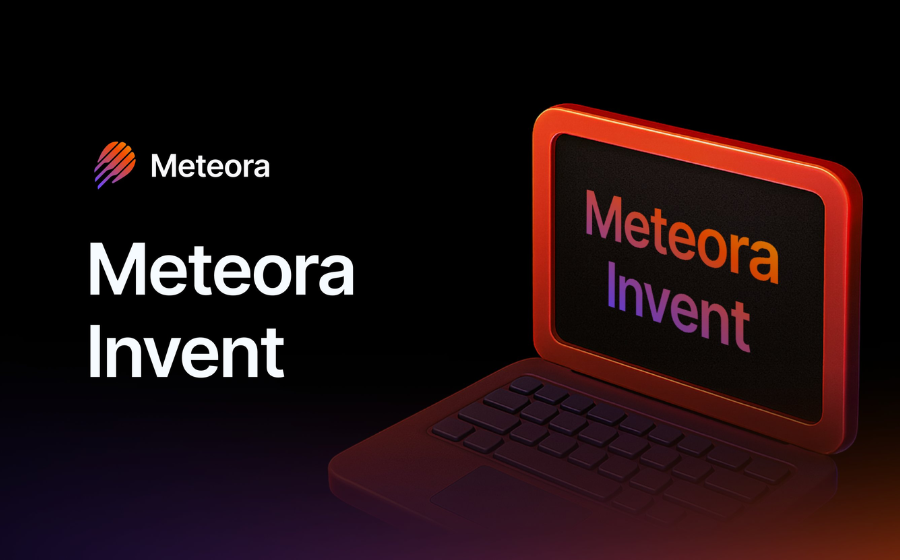
KEYTAKEAWAYS
-
Hyperliquid leads on-chain perpetuals with top liquidity, zero gas fees, and a custom chain offering deep markets for high-frequency and institutional traders.
-
dYdX combines professional tools, strong security, and high-yield vaults, making it a reliable option for cost-sensitive and advanced traders.
-
Drift leverages Solana’s speed and low costs, offering hybrid liquidity and cross-margin trading with strong growth in the DeFi ecosystem.

- KEY TAKEAWAYS
- HYPERLIQUID: THE INDUSTRY BENCHMARK FOR PERFORMANCE AND LIQUIDITY
- DYDX: A MODEL OF PROFESSIONALISM AND SECURITY
- DRIFT PROTOCOL: EFFICIENCY PIONEER IN THE SOLANA ECOSYSTEM
- CONCLUSION: MARKET TRENDS FOR ON-CHAIN PERPETUALS PLATFORMS
- FAQ: DECENTRALIZED PERPETUALS TRADING PLATFORMS
- DISCLAIMER
- WRITER’S INTRO
CONTENT

On-chain perpetuals platforms are a core pillar of DeFi. They are reshaping the crypto derivatives market. A perpetual futures contract has no expiry. It stays close to the spot price through a funding rate mechanism. This is a dynamic fee that balances long and short positions. Perps let traders use high leverage to amplify returns or hedge risk.
These platforms run on blockchains and smart contracts. Records are public and verifiable. Users keep full control of funds. This removes custody risk and opaque practices seen on centralized exchanges (CEX) like Binance or OKEx. In 2025, on-chain perps volumes surged. They became a popular choice for traders worldwide.
On-chain platforms have clear benefits. They are transparent, globally accessible, and offer DeFi incentives. No KYC lowers the entry barrier, which helps privacy-minded users. Liquidity mining and token rewards add extra yield. For example, a retail trader can earn over 10% APR by providing liquidity, while also using leverage. But there are trade-offs. Blockchains have speed limits. Gas fees can spike. Platforms rely on oracles, which may add centralization risk. Even so, Layer-1 and Layer-2 advances are driving growth.
IMPORTANT NOTE: Perpetuals trading is very risky. High leverage can cause total loss.
HYPERLIQUID: THE INDUSTRY BENCHMARK FOR PERFORMANCE AND LIQUIDITY
Hyperliquid leads with 80% market share (July 2025, DeFiLlama). Daily volume is over $15B. Open interest is about $10B. Cumulative volume is $1.5T (hyperliquid.xyz/docs). Its edge is a custom Layer-1 with HyperBFT consensus. It confirms trades in sub-seconds and can process 200,000 orders per second.

This rivals top CEXs. The fully on-chain order book and matching engine make trading transparent. Users pay no gas. They only pay small costs when bridging via Arbitrum. For example, a high-frequency trader doing 100 BTC/USDT trades per day can save hundreds of dollars. Institutions can route large orders thanks to deep liquidity. In 2024, BTC order book depth reached near-CEX levels.
Hyperliquid lists 150+ assets, from BTC and ETH to meme coins like TRUMP and POPCAT. Max leverage is 50x. The Hyperliquidity Provider (HLP) vault targets ~10% APR for LPs and has over 100,000 participants (X: @Hyperliquid). The HyBridge makes cross-chain deposits simple.
For instance, a retail user can move ETH from mainnet and trade meme coins quickly. HYPE airdrops and community governance boosted volume by 30%. Some debate the early decentralization of the custom chain. Even so, performance and liquidity make Hyperliquid a market standard.
DYDX: A MODEL OF PROFESSIONALISM AND SECURITY
dYdX holds about 5% market share. Daily volume is about $140M. Open interest is $250M. Cumulative volume reached $120B in 2024 (DeFiLlama). dYdX Chain is built in the Cosmos stack. It uses Tendermint consensus for high throughput and decentralization. It supports 220+ markets.

These include BTC, ETH, and new assets like FARTCOIN. The UI is professional and clear. It offers advanced order types such as stop and limit orders. Real-time analysis tools are integrated. For example, a pro trader can manage a 50x ETH position with a stop loss to reduce liquidation risk. Since launch in 2017, it has had no major security incident (dydx.exchange/governance). Community governance raises trust.
Fees are competitive. Maker orders get a -0.011% rebate. Taker fees go as low as 0.05%. This suits cost-sensitive users. The 2024 MegaVault offers market-neutral yield around 18% APR. Over 50,000 users joined. It fits long-term investors seeking stable returns. dYdX supports up to 100x leverage for high-risk traders.
The $DYDX token has low emissions and a burn design, which may support value. With EVM wallet support like MetaMask, cross-chain deposits are easy. Speed is a bit slower than Hyperliquid. Yet dYdX remains a steady choice for security, pro tools, and high yields.
DRIFT PROTOCOL: EFFICIENCY PIONEER IN THE SOLANA ECOSYSTEM
Drift Protocol is rising fast in the Solana world. It holds 3–5% market share. Daily volume is about $400M. Open interest is $70M. Total volume exceeds $50B. Solana’s high throughput and low latency deliver near-zero trading cost. Maker/Taker fees are only 0.02%–0.06%, with no gas fees.

This attracts HFT users. For example, a Solana user can trade SOL/USDT quickly at very low cost. Drift uses a hybrid liquidity model. It mixes a Dynamic AMM (DAMM), a decentralized limit order book (DLOB), and Just-In-Time (JIT) auctions. This reduces slippage (the gap between execution and expected price). It supports 40+ markets, including SOL, BTC, and HNT. Max leverage is 50x (drift.trade/docs).
Cross-margin lets users post many assets as collateral. Users can also earn 12.14% APR on USDC deposits (90-day average) while trading. In 2024, Vaults locked over $200M TVL, attracting LPs. For example, a DeFi user can deposit SOL into Vaults to get both trading and yield benefits.
Drift integrates deeply with Solana. It supports Phantom and Backpack wallets. Pyth oracles provide prices. At the 2025 Solana Summit, it was called a “DeFi efficiency benchmark.” Asset coverage is smaller than peers. Even so, low cost and design innovation show strong growth potential.
CONCLUSION: MARKET TRENDS FOR ON-CHAIN PERPETUALS PLATFORMS
Market trends show fast growth in on-chain perps. The 2024 volume jump reflects demand for transparency and self-custody. As CEXs face KYC pressure, no-KYC access draws users on-chain. Meme coin waves (like POPCAT and TRUMP) bring traffic and retail speculation. Cross-chain interoperability is now a key battleground. Hyperliquid’s HyBridge and dYdX’s bridging show that multi-chain support is the future.
On the tech side, Hyperliquid’s custom chain could lead the way. Other platforms may explore app-chains to improve performance. Community incentives (airdrops, liquidity mining) still attract users. Long-term retention will depend on ecosystem innovation. Regulation may push DID or privacy tech to balance compliance and decentralization.
Investment tips: High-frequency traders can pick Hyperliquid for zero gas and deep liquidity. Professional investors may prefer dYdX for MegaVault and security. Solana users can choose Drift for low-cost trading. Risk warning: High leverage can cause liquidation. Start small, use stop losses, and follow official X accounts (@Hyperliquid, @dYdX, @DriftProtocol) for updates.
FAQ: DECENTRALIZED PERPETUALS TRADING PLATFORMS
-
What is a decentralized perpetuals trading platform?
It runs on a blockchain and uses smart contracts. Perpetual futures have no expiry. Users can go long or short crypto assets. Leverage can increase gains and losses. Unlike a CEX, funds are not held by the platform. Trading is transparent. It suits users who value privacy.
-
What are the benefits of on-chain perpetuals?
Records are public and verifiable. No KYC. Global access. DeFi incentives like liquidity mining. For example, users can earn 10%–20% APR by providing liquidity, while also using leverage.
-
What are the risks of on-chain perpetuals trading?
High leverage (50x or more) can cause quick liquidation. Market swings and funding rate changes affect PnL. Network congestion or oracle errors can add risk. New users should start small, use low leverage, and set stop losses.
-
How do I choose a platform?
Look at fees, max leverage, supported assets, and chain performance. HFT users prefer low fees. Long-term users may want vault yields. Check the official site or X account for the latest info.
-
How do I start trading on-chain perps?
Prepare a compatible wallet (such as MetaMask or Phantom). Connect to the platform. Deposit assets like ETH or USDT. Start with a small test to learn the flow. Keep an eye on market moves.















